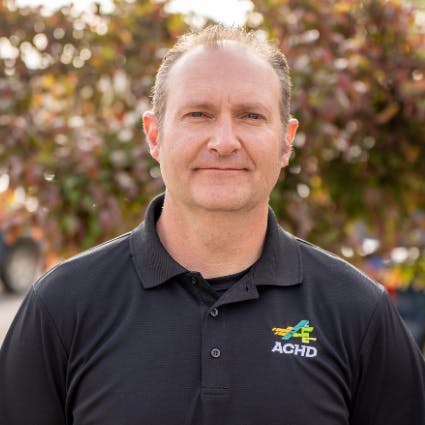16th and Washington Streets Intersection Pedestrian Safety Project
Share 16th and Washington Streets Intersection Pedestrian Safety Project on Facebook
Share 16th and Washington Streets Intersection Pedestrian Safety Project on Twitter
Share 16th and Washington Streets Intersection Pedestrian Safety Project on Linkedin
Email 16th and Washington Streets Intersection Pedestrian Safety Project link
This project is substantially complete.
Starting this spring, the Ada County Highway District (ACHD) will be installing traffic calming and pedestrian safety enhancements at the intersection of 16th Street and Washington Street. The goal is to install features that help emphasize pedestrian and bicycle traffic, enhancing safety for all users.
Improvements Include
- Replacing the traffic signal with pedestrian-activated enhanced crossings (Rectangular Rapid Flashing Beacons). This technology is more appropriate for this area’s specific safety needs.
- Improving intersection lighting.
- Upgrading pedestrian ramps to current ADA standards.
- Installing raised pedestrian crossings on 16th St. to increase visibility of those crossing the street and better manage vehicle speeds through the intersection.
- Constructing bulb-outs to reduce crossing distances and enhance pedestrian safety.
Why replace the traffic signal with Rectangular Rapid Flashing Beacons (RRFBs)?
- The existing signal components at 16th and Washington are nearly 40 years old and are no longer functioning as efficiently as they should.
- There is some concern that southbound drivers on 16th St. are focused on the signal at 16th and State when it is green. This may lead to drivers disobeying red indications at Washington St.
- RRFBs are pedestrian-activated flashing LED lights typically mounted adjacent to the pedestrian crossing. When activated, the indications alert drivers to pedestrian presence, increasing driver awareness and improving pedestrian safety.
Improvements are planned for spring 2025.





